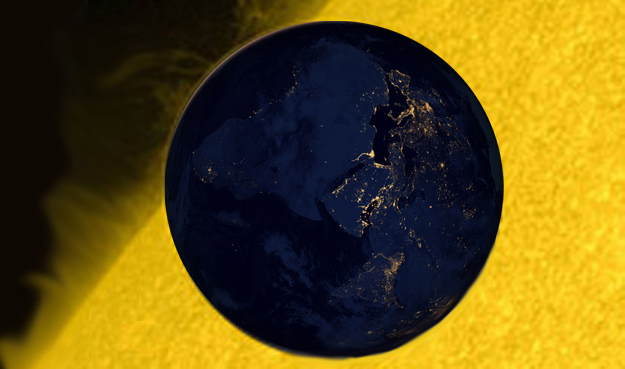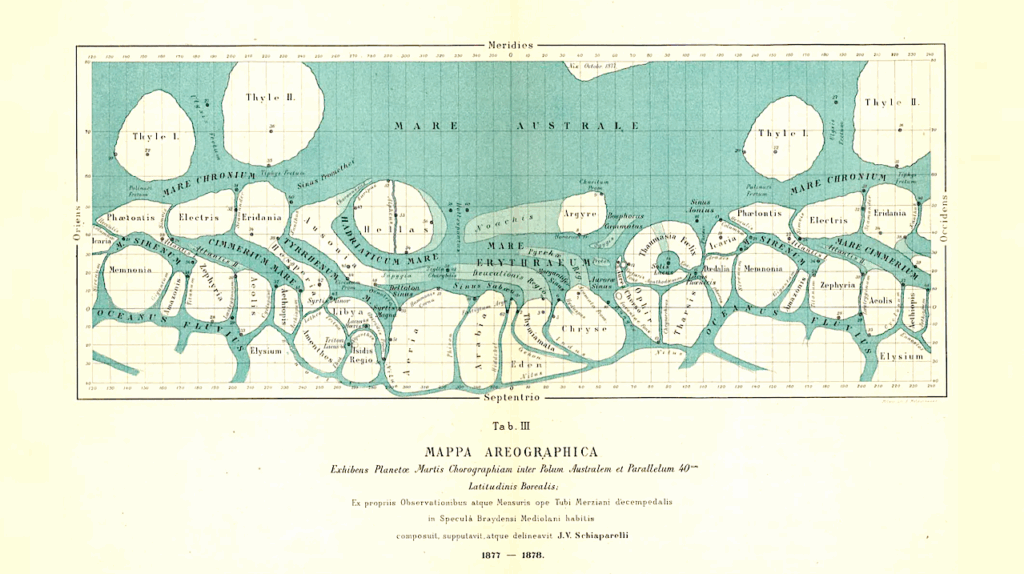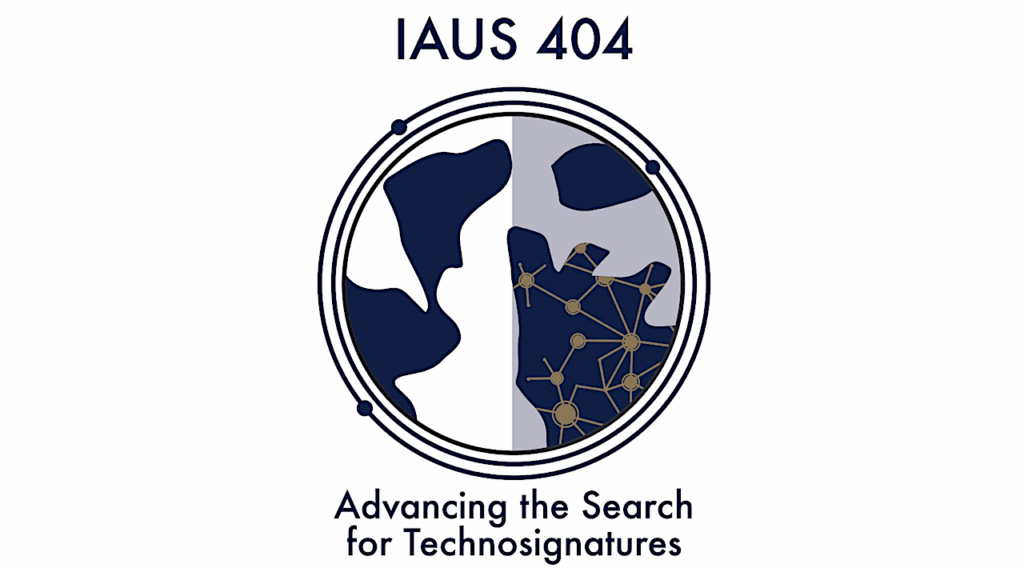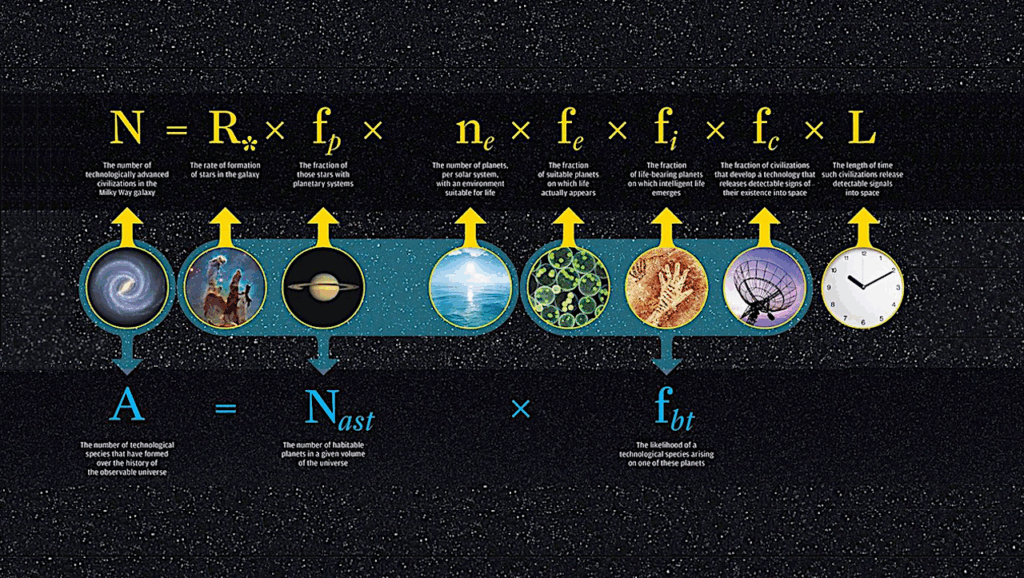The Astrobiological Copernican Weak and Strong Limits for Extraterrestrial Intelligent Life

We present a cosmic perspective on the search for life and examine the likely number of Communicating Extra-Terrestrial Intelligent civilizations (CETI) in our Galaxy by utilizing the latest astrophysical information.
Our calculation involves Galactic star-formation histories, metallicity distributions, and the likelihood of stars hosting Earth-like planets in Habitable Zones, under specific assumptions which we describe as the Astrobiological Copernican Weak and Strong conditions. These assumptions are based on the one situation in which intelligent, communicative life is known to exist – on our own planet.
This type of life has developed in a metal-rich environment and has taken roughly 5 Gyr to do so. We investigate the possible number of CETI based on different scenarios. At one extreme is the Weak Astrobiological Copernican principle – such that a planet forms intelligent life sometime after 5 Gyr, but not earlier.
The other is the Strong Condition in which life must form between 4.5 to 5.5 Gyr, as on Earth. In the Strong Condition (a strict set of assumptions), there should be at least 36+175−32 civilizations within our Galaxy: this is a lower limit, based on the assumption that the average life-time, L, of a communicating civilization is 100 years (based on our own at present). If spread uniformly throughout the Galaxy this would imply that the nearest CETI is at most 17000+33600−10000 light-years away, and most likely hosted by a low-mass M-dwarf star, far surpassing our ability to detect it for the foreseeable future.
Furthermore, the likelihood that the host stars for this life are solar-type stars is extremely small and most would have to be M-dwarfs, which may not be stable enough to host life over long timescales. We furthermore explore other scenarios and explain the likely number of CETI there are within our Galaxy based on variations of our assumptions.
Tom Westby, Christopher J. Conselice
(Submitted on 8 Apr 2020)
Comments: Astrophysical Journal, in press, 47 pages
Subjects: Earth and Planetary Astrophysics (astro-ph.EP); Astrophysics of Galaxies (astro-ph.GA); Solar and Stellar Astrophysics (astro-ph.SR)
Cite as: arXiv:2004.03968 [astro-ph.EP] (or arXiv:2004.03968v1 [astro-ph.EP] for this version)
Submission history
From: Christopher J. Conselice
[v1] Wed, 8 Apr 2020 12:29:06 UTC (1,206 KB)
https://arxiv.org/abs/2004.03968
Astrobiology, SETI








